The core highlight of this filter is its built-in silicone sheet filter layer. As a high-performance elastic material, silicone has high-temperature resistance, aging resistance, corrosion resistance,...
See Details [email protected]
[email protected] +86-18857088392
+86-18857088392 No. 1, Guihua 'an Road, Qinggang Xiaohu Family, Mushan Town, Yuyao , Zhejiang, CHINA
No. 1, Guihua 'an Road, Qinggang Xiaohu Family, Mushan Town, Yuyao , Zhejiang, CHINA
What Are Water Filters and How Do They Improve Water Quality?
Industry News-What is a Water Filter?
A water filter is a device designed to remove impurities from water, improving its safety, taste, and overall quality. Water filters can be used in a variety of settings, including homes, businesses, and industrial facilities. These devices are equipped with filtering elements that physically or chemically remove harmful substances, ensuring that the water we consume is free from contaminants.
Water filters come in different types, each serving distinct purposes and employing different methods of purification. While some water filters are simple and portable, others are more sophisticated and designed for large-scale filtration. Despite their differences, all water filters aim to enhance water quality by removing or reducing unwanted substances.
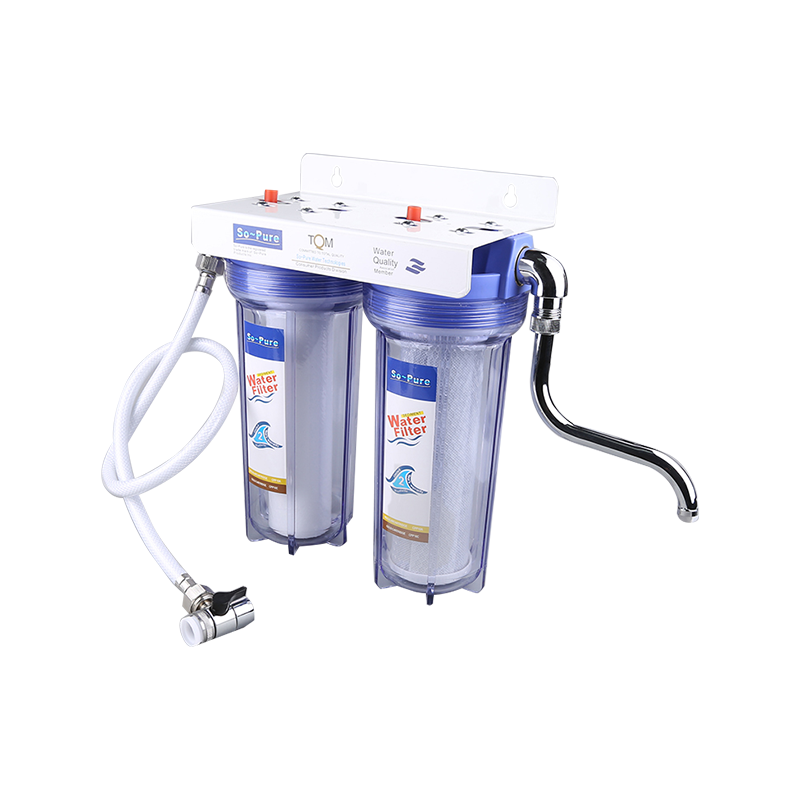
The Importance of Water Filtration
Water filtration is important for a variety of reasons, especially in regions where water contamination is a concern. Here are a few key reasons why water filters are necessary:
- Health Protection: Contaminated water can contain harmful microorganisms like bacteria and viruses, which can lead to diseases such as cholera, dysentery, and typhoid fever. A good water filter eliminates these harmful pathogens, preventing the spread of waterborne diseases.
- Improved Taste: Many factors can affect the taste of water, including chlorine, bacteria, and dissolved minerals. Water filters remove these substances, improving the flavor and smell of water.
- Removal of Heavy Metals: Certain contaminants like lead, mercury, and arsenic pose long-term health risks. Water filters, particularly reverse osmosis (RO) and activated carbon filters, are highly effective at removing heavy metals from drinking water.
How Do Water Filters Work?
Water filters operate through various mechanisms to remove impurities from water. These mechanisms can be physical, chemical, or biological, depending on the type of filter used. The core of most filtration systems is a filter element, which may include a combination of several layers or technologies to remove contaminants.
Here’s a breakdown of the primary filtration methods:
Physical Filtration
Physical filtration works by physically trapping particles such as sediment, sand, and rust in a filter medium. This is commonly done using materials like cotton, polyester, or ceramic that have tiny pores. As water flows through the filter, larger particles get trapped, while clean water passes through.
Chemical Filtration
Chemical filtration relies on chemical reactions to remove contaminants. Activated carbon is the most common medium used in this process. The surface of activated carbon has a high surface area, allowing it to adsorb chlorine, volatile organic compounds (VOCs), pesticides, and other chemicals that affect water quality.
Biological Filtration
Biological filtration is used to remove microorganisms like bacteria, viruses, and fungi. Some advanced water filters, such as UV filters, kill harmful microorganisms by using ultraviolet light, while others use biocidal properties of certain materials to neutralize pathogens.
Types of Water Filters
Water filters come in various types, each designed to filter out specific impurities. Some common types of filters include:
Pitcher Filters
Pitcher filters are simple, affordable devices that filter water as it passes through a small filter in the pitcher. These filters are most effective at removing chlorine and some common contaminants but are not suitable for large-scale water purification.
Faucet-Mounted Filters
These filters are attached directly to a faucet and filter water as it flows through. They are easy to install and use and are effective at removing chlorine, sediment, and some heavy metals.
Under-Sink Filters
Under-sink filters are installed directly under the sink and filter water as it enters the household plumbing system. They are typically more powerful than pitcher filters and can remove a wider range of contaminants.
Reverse Osmosis Systems
RO systems are highly effective at removing a wide variety of contaminants, including dissolved solids, salts, and heavy metals. They operate by forcing water through a semi-permeable membrane that blocks impurities while allowing clean water to pass through.
Types of Contaminants Removed by Water Filters
Water filters are designed to target a wide range of contaminants. Below are the most common types of pollutants that water filters help remove:
Floating Objects (Sediment)
Floating objects such as dust, sand, and dirt are among the most basic contaminants that can be removed using a simple filtration system. These particles can give water a cloudy or dirty appearance. Sediment filters, often used as the first stage in multi-stage filtration systems, capture these large particles and prevent them from entering the water supply.
Heavy Metals
Heavy metals such as lead, mercury, cadmium, and arsenic can have serious health effects if consumed over a long period. Reverse osmosis (RO) systems and activated carbon filters are highly effective at removing these harmful metals from drinking water.
Bacteria and Viruses
Bacteria and viruses are common in untreated water and can cause severe illness. While UV filters are the most effective at sterilizing water, reverse osmosis and ultrafiltration membranes can also remove many harmful microorganisms by blocking them.
Chlorine
Chlorine is commonly used by municipal water systems for disinfection. While chlorine helps prevent disease, it can leave a bad taste and odor in the water. Activated carbon filters are particularly effective at removing chlorine and improving the taste of water.
Microorganisms and Parasites
Some filters, like ultrafiltration and UV systems, can effectively remove harmful microorganisms and parasites like Giardia, Cryptosporidium, and E. coli, which can cause gastrointestinal issues and other diseases.
The Filtration Stages of a Typical Water Filter System
A high-quality water filtration system typically involves multiple stages to ensure the water is thoroughly purified. Each stage targets specific contaminants, and the combined effect is a higher level of water quality.
Here’s an overview of the most common stages used in home filtration systems:
| Stage | Filter Type | Contaminants Removed |
|---|---|---|
| Stage 1 | PP Cotton Filter (PPF) | Removes larger particles like dust, sand, and dirt |
| Stage 2 | Granular Activated Carbon (UDF) | Adsorbs chlorine, odors, and some organic chemicals |
| Stage 3 | Compressed Activated Carbon (CTO) | Removes finer particles and improves taste |
| Stage 4 | Reverse Osmosis or Ultrafiltration | Removes heavy metals, dissolved salts, bacteria, viruses, and other contaminants |
| Stage 5 | Post-Activated Carbon (T33) | Final polishing to remove any remaining taste and odor |
This multi-stage process ensures that water is thoroughly filtered from coarse impurities down to microscopic pathogens and dissolved chemicals.
How Do Water Filters Improve Water Quality?
Water filters play a critical role in improving the quality of drinking water. Here’s how they enhance water:
Removal of Harmful Contaminants
One of the most significant ways water filters improve quality is by removing harmful substances like bacteria, viruses, and heavy metals. Many filters, especially RO and UF systems, are designed to remove dissolved contaminants that are not visible to the naked eye but can be harmful if consumed over time.
Improved Taste and Odor
Water that contains chlorine, sulfur, or organic compounds often has an unpleasant taste and odor. Activated carbon filters can remove these chemicals, leaving behind fresher, cleaner-tasting water. This is particularly important for people who are sensitive to the taste of chlorine, which is commonly found in municipal water supplies.
Better Health
Consuming filtered water reduces the risk of exposure to harmful substances. Contaminants like lead and mercury can cause serious health problems, including developmental delays in children and kidney damage. By filtering these substances out of the water, filters contribute to better overall health and wellness.
Protecting Household Appliances
Sediment, scale, and rust particles can accumulate in household appliances like coffee makers, dishwashers, and water heaters, reducing their lifespan and efficiency. A water filter helps protect these appliances by trapping particles before they can enter the system, preventing clogs and damage.

 English
English русский
русский Español
Español عربى
عربى 中文简体
中文简体
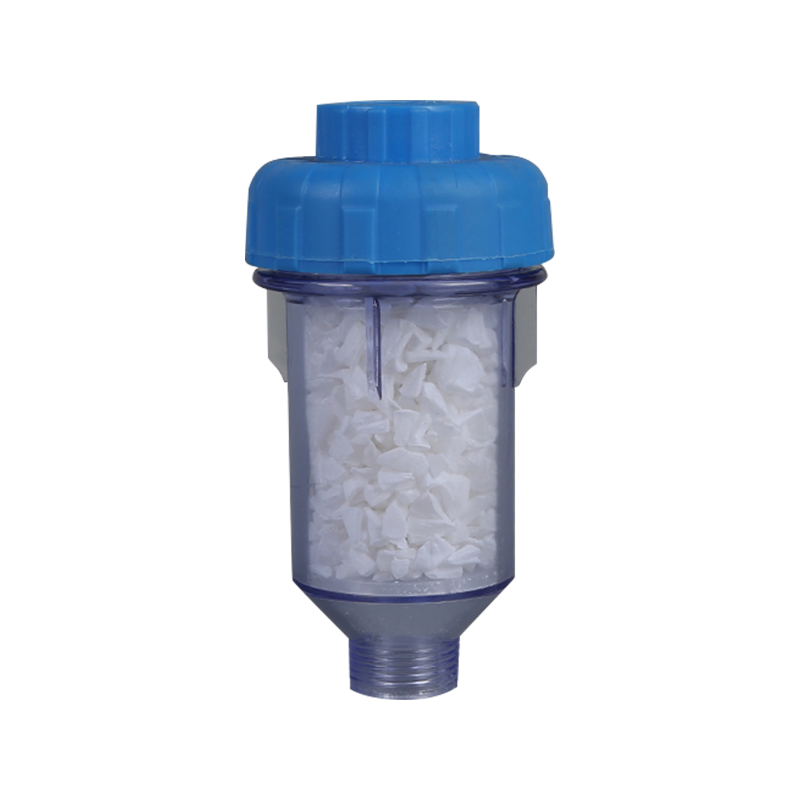 >
>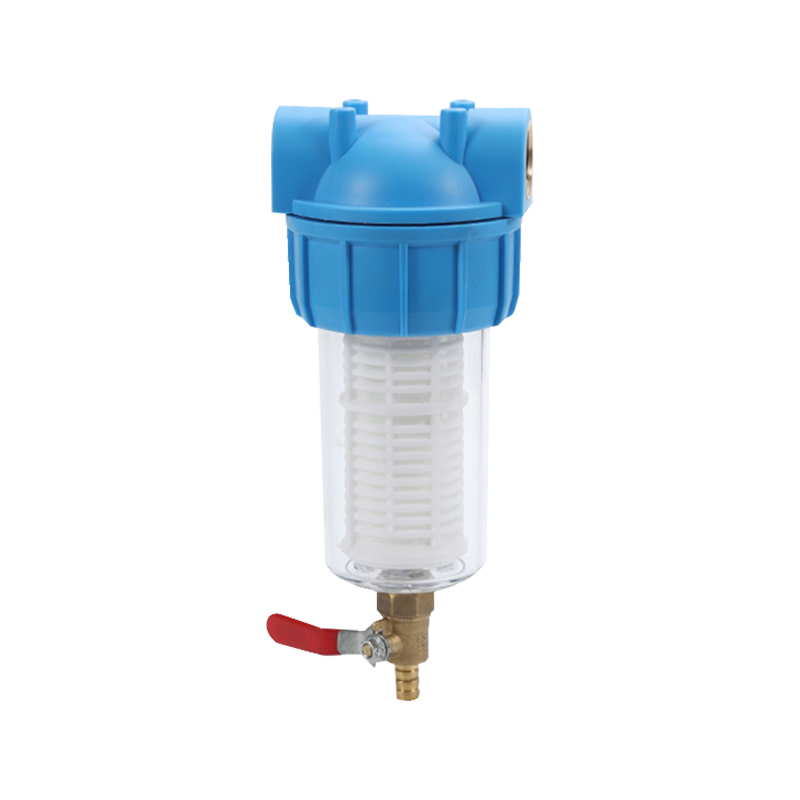 >
> >
> >
> >
> >
>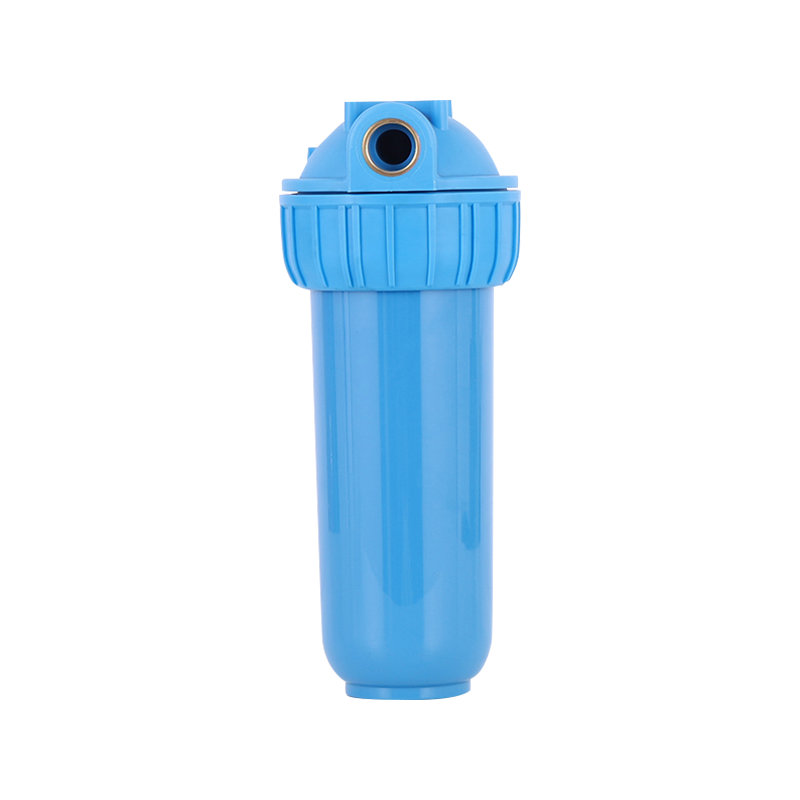 >
>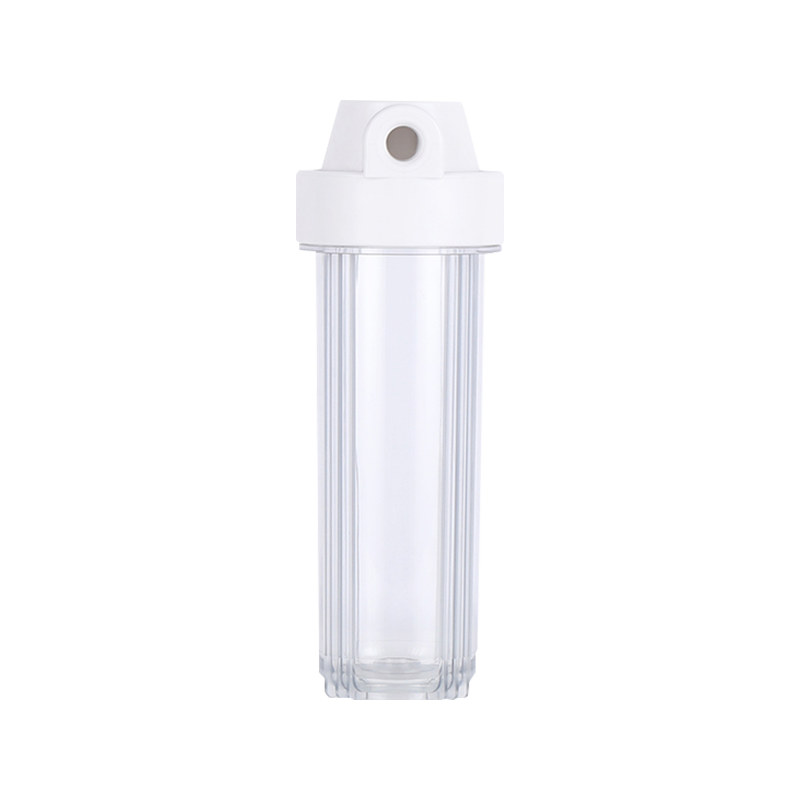 >
>
